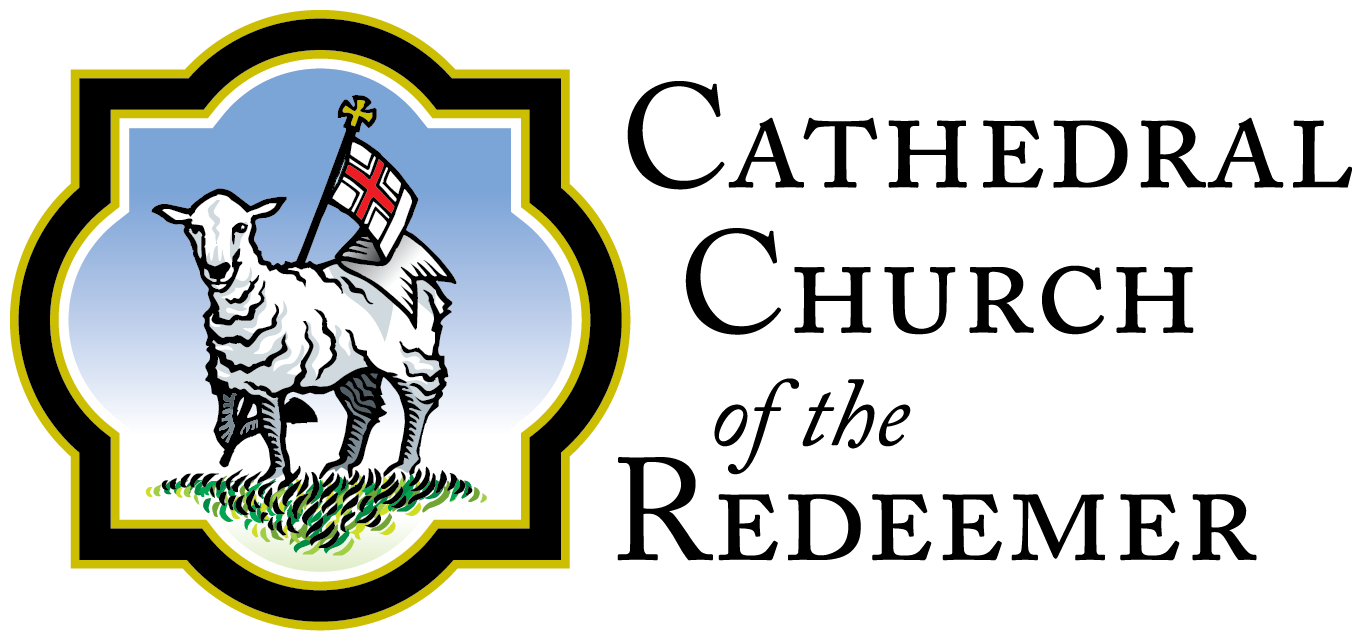A Brief History of the Cathedral
The Cathedral Church of the Redeemer is the first Anglican church to have been constructed in what is now the Diocese of Calgary.
From the beginning it has been an integral part of Calgary's history. The original Church of the Redeemer, a wood frame building erected just east of the present site, was completed and opened for worship August 3, 1884. It was proclaimed a Pro [temporary] Cathedral on Feb. 14, 1889, following the creation of the Diocese of Calgary. It was designated a full Cathedral in June of 1949, when it was obvious that a large edifice of British or European proportions would not be built in Calgary.
The present structure was erected during the era of sandstone building construction following the turn of the century. It was completed and opened for services on July 30, 1905. In September, 1974, the Cathedral building was designated a Registered Heritage Site, under provisions of the Alberta Heritage Act, 1973.
The original Church of the Redeemer was a small wooden frame building built on what is now Paget Park, just east of the current site. It was the first Anglican church to be constructed in what is now the Diocese of Calgary. It was completed and open for worship August 3, 1884. Originally intended to serve as a parish church, it was proclaimed a Pro (temporary) Cathedral on Feb. 14, 1889.
The parish replaced the frame church with a more elaborate structure in 1905, during Calgary's famous sandstone era. It is of local, rough cut Paskapoo sandstone, and has one of the oldest tin roofs in Calgary. It was designed by J.C.M. Keith of Victoria, BC. The Cathedral celebrated the 100th anniversary of the first service held in the building on July 30, 2005. It was designated a Registered Heritage Site in 1974.
Church of the Redeemer 1886.
Glenbow Archives NA 2074-4
The Cathedral, c.1911.
Glenbow Archives NC 24-17
The Cathedral measures 145 feet long and 70 feet wide. The height from the floor of the nave to the pine ceiling is 45 feet. In 1936, the Lady Chapel, the gift of Henry and Eleanor Tomkins was constructed. In its tower hangs a bell, which had originally hung in the tower of the first wooden church on the site. The bell was donated as a remembrance to Corporal Lowry of the North West Mounted Police who died during the Riel Rebellion of 1885.
A cathedral derives its name from the bishop's 'Cathedra' (throne or chair) which resides within it. The Cathedra of the bishop is both a concrete object and a profound symbol. It is the 'seat' of ecclesiastical and public celebration, authoritative teaching, and social and moral advocacy.
While the Cathedral no longer holds temporal or political power as did state churches of old, our present relationship can be defined in terms of 'servant power', that spends itself in caring for the soul of the city. We invite you to find out what we do and who we are as a community.
Please take time to pause and let your soul delight in God's presence. Then, pray for us as we will for you.


